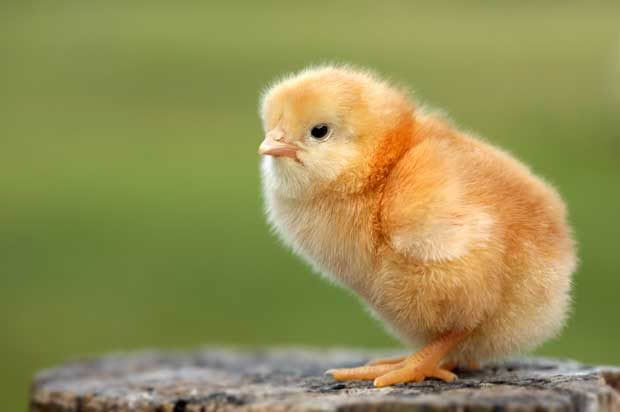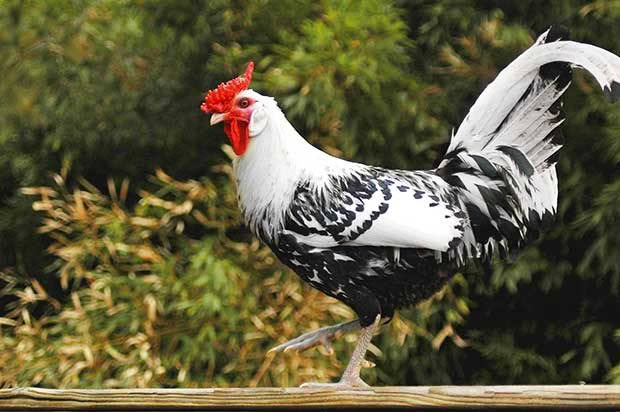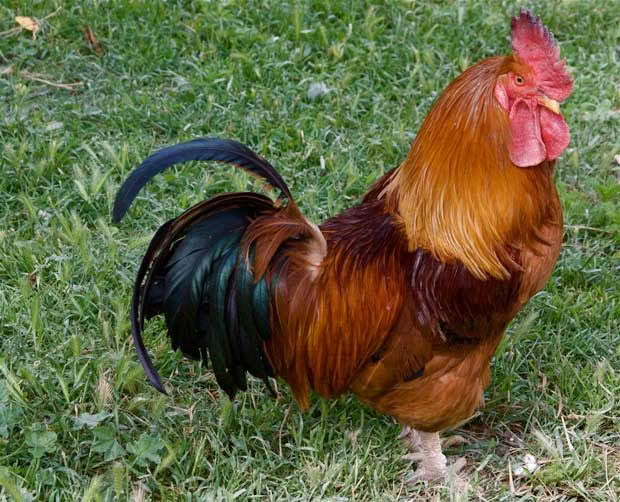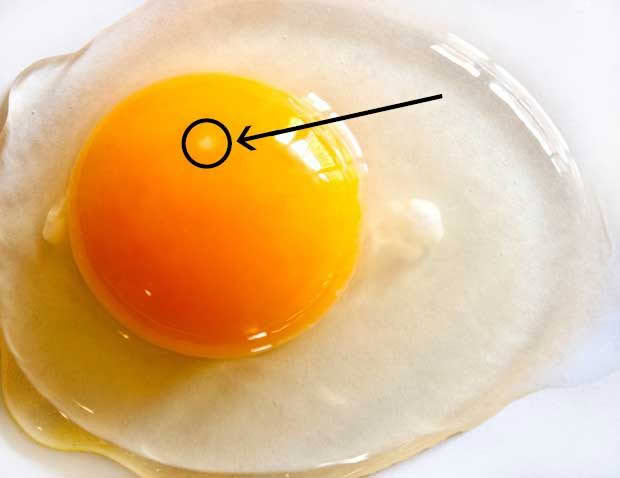Three common questions about raising chicks

How do you find a good breeder? How do you feed chicks that will become layers? Is your rooster shooting blanks? NZ Lifestyle Block editor Nadene Hall and poultry expert Sue Clarke answer your questions.
Words: Nadene Hall & Sue Clarke
Question: We want to breed up some chicks, the girls for egg production and the boys for the freezer. Should we feed the two groups differently?
Answer: Yes.
LAYER CHICKS
Start them on chick starter feed (19% protein), available all the time, until they are 6-8 weeks old. Starter (unless it says otherwise) will contain a coccidiostat, a low-dose medication that helps chicks build immunity to coccidia, a nasty protozoa that is often deadly. Warning: coccidiostats are toxic to dogs and horses and feed must always be kept secure. At this point, you have two options.
Option 1: continue feeding them starter until they are 16-18 weeks of age, then change over to a layer ration. Don’t let young birds have access to a layer product before 16 weeks of age as the calcium level is too high for their kidneys to process.
Option 2: if you can source it, feed a grower-pullet ration (16% protein, so usually more economic than starter).
MEAT CHICKS
Feed a meatbird crumble (20% protein) from one day old until you are ready to process them. As birds approach the point of lay, they put their final growth energies not into meat but into the development of their reproductive organs. It’s more efficient to kill them just before they are sexually mature, so you are not paying to feed birds that will not provide you with any more meat.
READ MORE: 9 Common mistakes to avoid when raising chicks

Question: We are planning to buy some purebred birds from a breeder. How do we know if they are a good breeder or not?
Answer: You want to find someone with a good reputation, so ask around. Try to attend one of the many poultry shows that take place from April-July around the country.
If possible, you want to visit the breeder’s property, and check:
• is it clean?
• Is it well-managed?
• are the birds healthy?
Ask about the health history of the birds, what feed they are on, what they have (or haven’t) been treated for eg, drenching, mite control. Choose the healthiest-looking birds you can find. It’s best to choose pullets (young birds, usually 10-18 weeks) that are about to lay so you get maximum production from your new stock. This way, you also know their age, as once a bird reaches its adult size, it is impossible to age it.
If you want purebred, heritage poultry, you’ll often find a good, serious breeder will only sell those that they can’t use in their breeding programme. That is, the bird might be a perfectly good layer but may not have the high standard of colouring or conformation that a breeder is looking for. If you want to breed birds to show, talk to your local poultry club and get their advice. Breeders are almost always keen to help beginners.
The one drawback can be that heritage birds aren’t good layers like the hybrid brown Shavers and Hylines (330+ eggs a year). Some breeders are breeding for looks, not fertility, so birds may be poor layers. If egg-laying ability is your focus, ask them if fertility and egg numbers are part of their breeding goals.

Question: Can roosters be infertile?
Answer: Yes. A rooster’s fertility depends on genetics, so as with any animal, fertility varies from bird to bird. A rooster’s fertility levels can also rise and fall, just as hens can stop laying for various reasons, like ill-health or stress.
A fat, contented rooster is less likely to make an effort, so make sure he isn’t over-fed. Roosters don’t need as much protein as laying girls, so he may need to be kept separate from the hens for much of the year, and fed less feed (or a lower protein grower ration) until you want to start breeding.
Some breeds of rooster naturally have lower fertility than others. For example, heavier breeds aren’t as fertile as light breeds, and they service as large a number of hens. Some breeds, like the Leghorn-types of rooster, can cope with a larger harem (15-17 hens per rooster), compared to some of the heavy, meat-type birds that may only cope with 8-10.
The pecking order may also keep roosters from mating. Dominant hens can easily overwhelm a weaker male, so having two roosters can create a competitive (and more productive) environment. To check your rooster is on the right track takes observation. Turn him over onto his back and check his vent area – it should be bright red and moist if he’s performing, dry and white if not. Check to see if he is actually “doing the business” when he’s out with the girls or if they are ignoring him (or worse, beating him up).

Unfertilised egg
An unfertilised egg will have a single, bright-white dot in the yolk, with no fuzzy edges within the yolk. A fertilised egg will have a fuzzy, white, round, donut-shape in the yolk which is significantly bigger than a dot (but still quite small).
To check if eggs are being fertilised:
• collect an egg that is at least 12 hours old;
• crack it open (gently) and put it in a saucer;
• turn the yolk over until you find the ‘egg’.
If you do this kind of check every day for a few days, you should get a good idea of whether your rooster is doing his job.
READ MORE:
Love this story? Subscribe now!
 This article first appeared in NZ Lifestyle Block Magazine.
This article first appeared in NZ Lifestyle Block Magazine.
